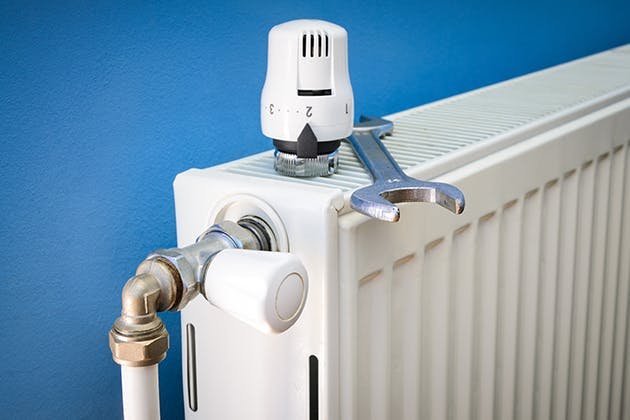If you are experiencing issues with your radiators, such as they are not warming up like they used to, then it may be time to get your power flushed. If you consider having your central heating system power flushed, you should first understand what a power flush is.
This is simply a procedure of cleaning out a heating system. It involves using large amounts of water pumped through the radiators and surrounding systems. This helps remove odours, corrosion, and other debris creating a blockage.

So, how do I powerflush my radiators?
Step 1: Isolate the power
To begin the power flush procedure, you must first isolate the power entering the system. Doing this manually might be dangerous, and we highly recommend hiring a qualified engineer to do this for you. You will next isolate the valves, which are located on each side of your heating mechanism or pump.
Step 2: Remove the pump
The pump must then be removed for the system to be properly powerflushed. This disconnects the boiler from the radiator and separates the system. This is the most important step because if the pump is not removed, you may have major issues when the power flush procedure begins.
After removing the pump, connect the powerflush system to the central heating system because the pump often comes with a manifold.
Step 3: Poweflush
You must ensure that your hose is directed to an appropriate drain or waste place, and you must also add some cleaning solution to the flushing mechanism. You must ensure that all of your valves are open before you start the process. When you turn on your unit, water will begin to flow through your boiler and into your heating systems. After you've completed all of this, switch on the boiler, which will give heat to the radiators. The heat is completely intended to begin the cleaning process.
We recommend keeping an eye on the water temperature because when it reaches approximately 45°, you must reverse the flow. Continue repeating this every 10 minutes or so, and when finished, turn off all of your radiators. Allow it to flush, then repeat for each radiator in your house.
After that, you must completely open your valves to allow the system to flow freely. When you observe that only clean, flowing water is coming out of the pipe, apply some neutralising agent to assist protect your radiators from corroding.
Hire an expert engineer
We offer professional powerflushing services throughout Whitstable, Ramsgate, Canterbury and Herne Bay. Call our heating engineers on 01227 678047.


